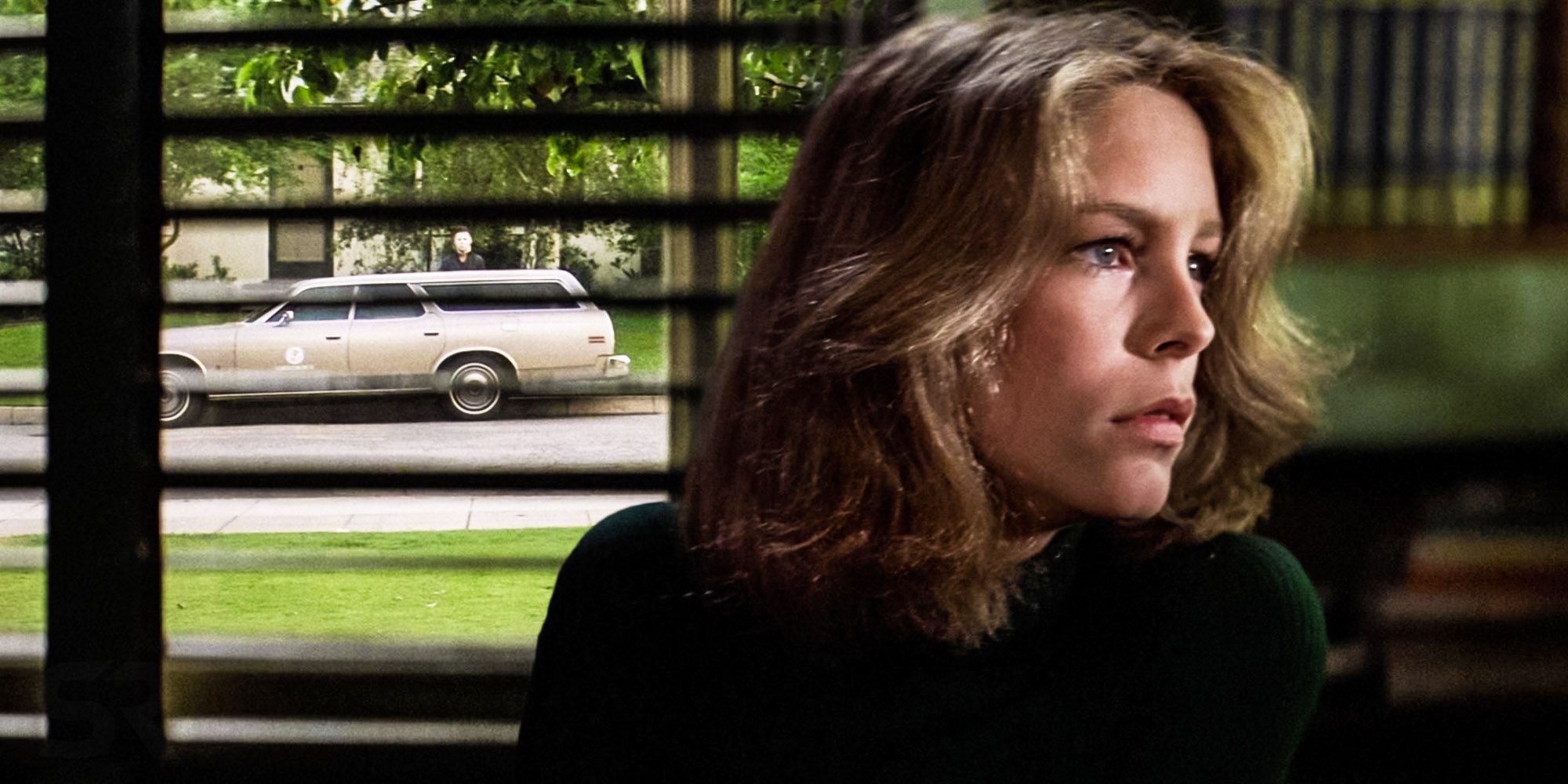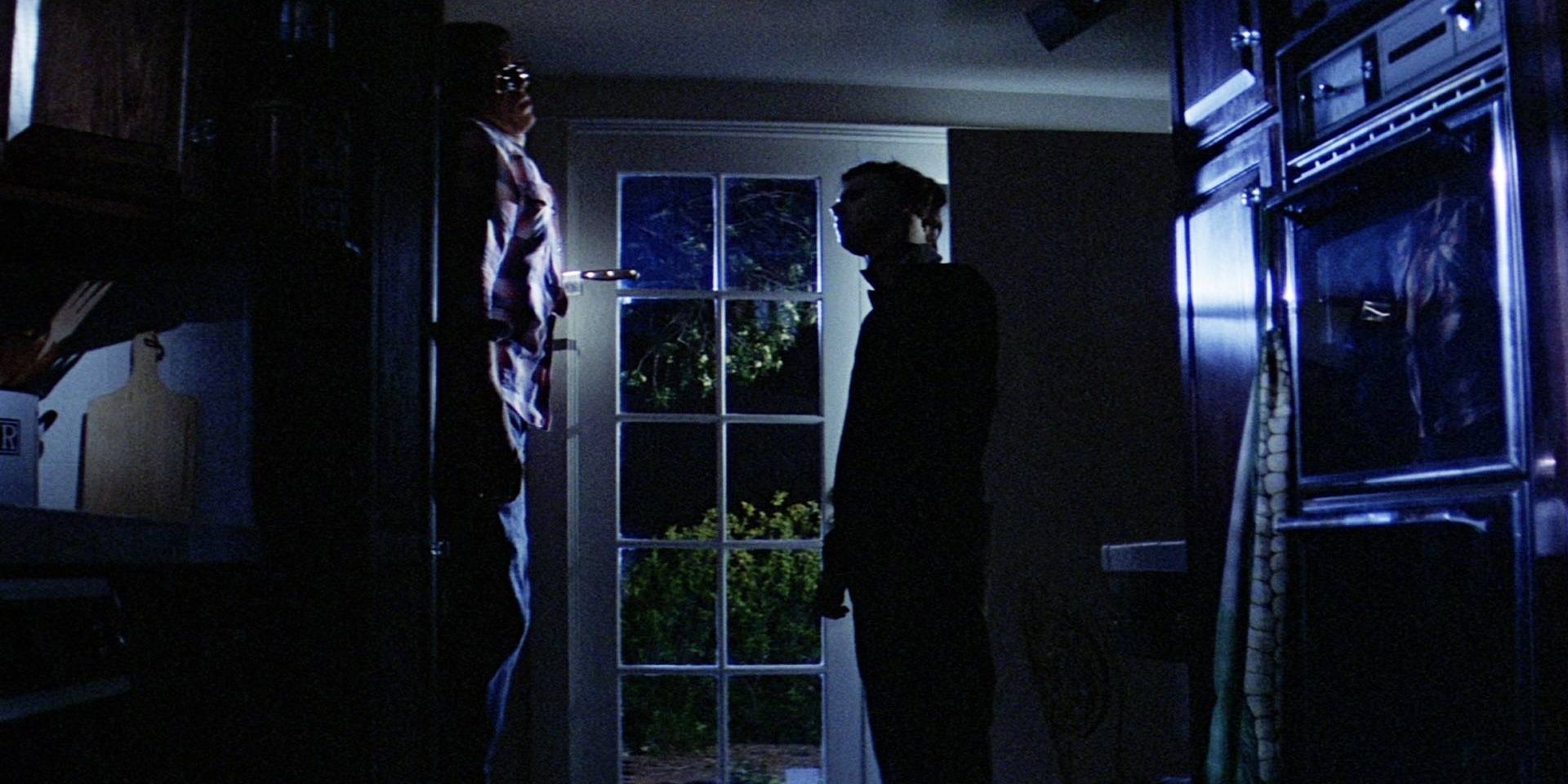John Carpenter reinvented the horror genre with Halloween, helming a classic alongside Debra Hill that lacked blood and gore while defying slasher staples. Unlike other horror films of that era, Carpenter strayed away from the typical graphic approach and crafted a movie with a more mysterious villain in Michael Myers. Halloween was a profitable endeavor for Carpenter and his filmmaking crew, grossing $70 million against a $325,000 budget. Following its 1978 premiere, the movie was re-released in both 1979 and 1980, firmly cementing Halloween as a genre-defining masterpiece.
Before Halloween, Carpenter did not have a background in horror filmmaking. Carpenter's directorial catalog included a sci-fi movie (Dark Star) and an action movie (Assault on Precinct 13). As a result, Carpenter did not have an interest in making an ordinary 1970s horror movie. With the persuasion of executive producer Irwin Yablans, Carpenter set out to channel a Hitchcockian thriller dripping with suspense rather than blood. An old-school horror guru, Yablans revealed his intentions for Halloween in the Netflix series The Movies That Made Us. Yablans had an affinity for horror radio shows and yearned to replicate this frightening experience with Halloween. Yablans recalls fabricating these radio horror stories according to his own imagination, and sought to transmit the same frightening feelings in the movie through what he dubbed "theater of the mind."
Carpenter proved he was more than up to the task of fulfilling Yabals' vision. Although Halloween's budget was small, Carpenter chose wisely when he allotted nearly a third of the film's funding to Panavision's newest cameras. The Panaglide cameras were equipped with a mount for operator stabilization, allowing for pristinely crisp shots. The cameras also allowed Carpenter and director of photography Dean Cundey the ability to capture smooth shots through varying degrees of focus and misdirection. These filmmaking techniques were essential factors in establishing Michael Myers' iconic aura. Myers could be seen lurking unfocused in the background, while a character in the foreground would be the shot's focal point. Myers would also linger at the edge of a frame when the focus was on the center. In Yablans words, the crew wanted to generate suspense for the audience by "dragging their eyes right and scaring them on the left." These meticulous choices in mise-en-scène allowed Carpenter to generate horror in Halloween in an unconventional manner for a slasher film at the time, rather than relying on blood and gore for frights.
How Did Michael Myers Succeed As A Less Graphic Villain?
Myers is portrayed as more reserved than a conventional slasher villain, and this subtlety is reflected in the nature of his kills. Only the first of his kills is truly explicit, as a fair amount of blood can be seen when Judith Myers is killed. Other than this instance, reliance on blood and gore is minimal. Carpenter instead opted to recreate the more understated work of Hitchcock's Psycho. In that film, the knife never hits Janet Leigh (mother of Halloween star Jamie Lee Curtis). Rather, audiences are left to their own intuitions, their own personal theater of the mind.
Although Carpenter was integral in the film's composition, the bulk of the script was written by Debra Hill. Having worked as the script supervisor on Carpenter's previous film, Hill was familiar with Carpenter's style. Hill expertly fleshed out the world of Halloween in a way that made audiences feel like Myers could be loitering around any common bush. While Hill was tasked with bringing the fictitious town of Haddonfield, Illinois to life (named after Hill's real hometown in New Jersey), Carpenter layered deeper narrative elements into the script. Carpenter strove to make a film about the nature of evil, with Myers as the conduit for this theme.
Contrary to other slasher villains, Michael Myers doesn't speak and audiences are unaware of his motive, he's shrouded in mystery and nearly impossible to empathize with. Myers is effectively stripped of all humanity in the film, which makes him even more compelling as an antagonist. By placing less emphasis on blood and gore, John Carpenter's Halloween tactfully established a villain in Michael Myers that would terrify audiences for decades to come.


